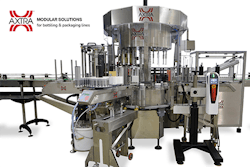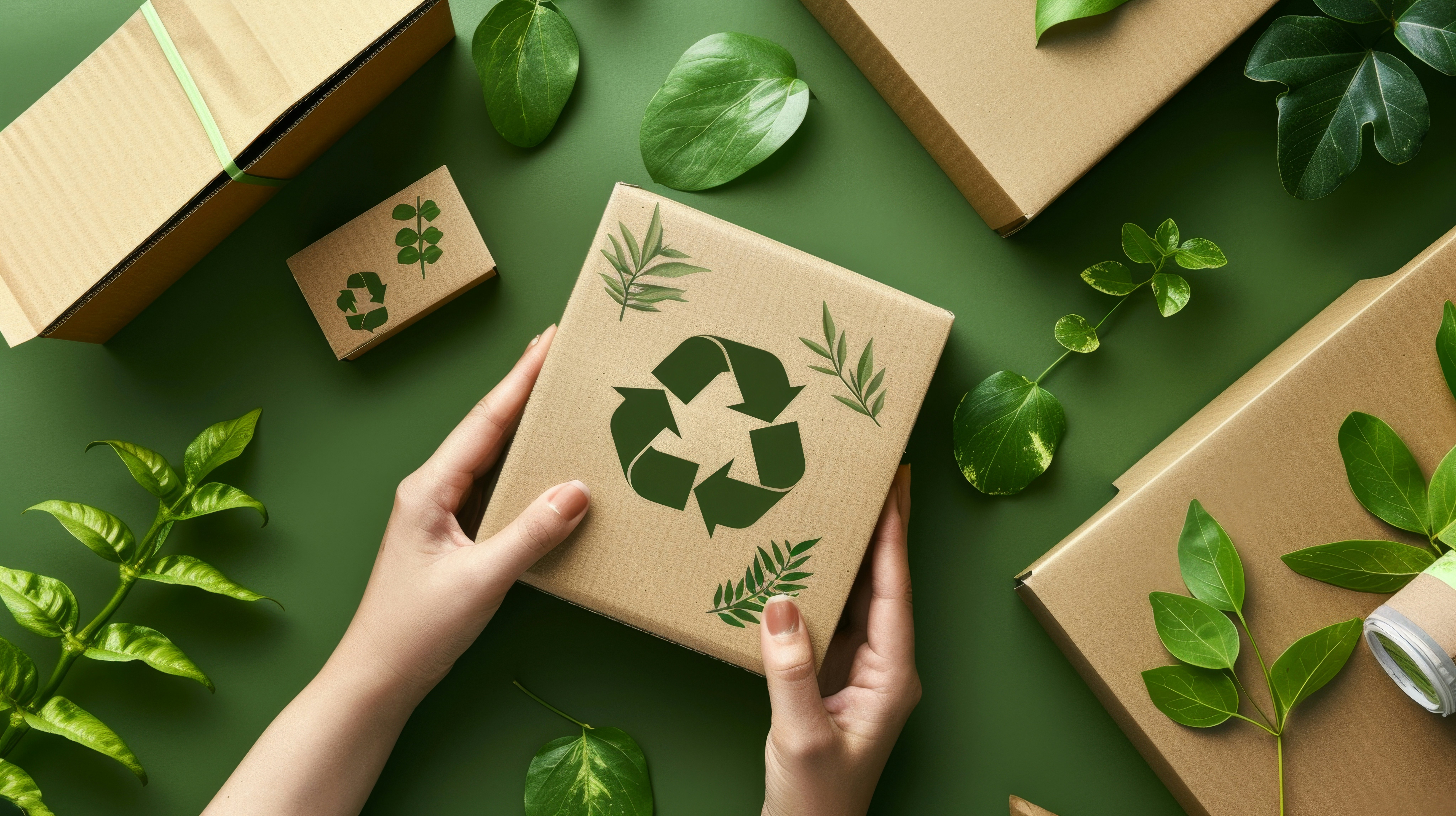The packaging industry stands at a pivotal moment, shaped by two decades of evolving sustainability demands. Extended producer responsibility (EPR) and the Packaging and Packaging Waste Regulation (PPWR) are no longer emerging concepts but powerful forces redefining global supply chains. As we stand in 2025, reflecting on past predictions and current realities offers critical insights into the path ahead. To shape a sustainable future by 2035, we must learn from history and act decisively.
In 2004, PTIS’s Future of Packaging program gathered industry leaders to project the state of packaging a decade later. Our forecast was clear: sustainability would disrupt the global industry. Early signals were evident—escalating pollution and litter challenges in BRIC countries (Brazil, Russia, India, China), where rapid urbanization strained waste management, and the expansion of EPR from Germany to places like Canada, holding producers accountable for packaging’s end-of-life. These weren't abstract theories, they were harbingers of a paradigm shift toward accountability and circularity.
Yet, the response was tepid. That inertia broke the following year when Walmart's then-CEO Lee Scott unveiled the retail giant's ambitious sustainability agenda. This declaration sent shockwaves through the sector. Suddenly, environmental stewardship wasn't optional; it was a competitive imperative. By the late 2000s, most major corporations had embedded sustainability into their core strategies with aggressive goals for packaging reduction.
Today, the landscape is markedly different. In North America, EPR is proliferating, with states like California, Colorado, and Oregon leading the charge by mandating producers to fund and manage packaging recycling. In Europe, the PPWR imposes stringent targets for recyclability, reuse, and waste reduction by 2030. Companies worldwide are setting aggressive environmental goals: 100% recyclable materials, net-zero emissions tied to their operations along with reuse or compostable packaging pilots.
However, achieving these goals is fraught with challenges. Compliance with diverse local, regional, and national regulations demands precise data collection—tracking everything from material composition to recovery rates. Tools like standardized LCA software help quantify carbon emissions, water usage, and waste generation. But the process is complex. Data silos persist across fragmented supply chains, and smaller companies struggle with understanding their packaging material selection impacts and the financial burden of compliance. In the U.S., over a dozen states are implementing or exploring EPR laws, each with unique requirements. In Europe, PPWR's harmonized rules aim to streamline the regulations, but implementation varies by member state, exacerbating costs for multinational firms. The result? Billions in investments for infrastructure upgrades that are needed to drive a circular economy, but a challenge for firms without optimized specifications and data collection.
Looking ahead to 2035, an optimistic vision offers hope. Generative AI could revolutionize data management, seamlessly integrating datasets and automating LCAs to ensure real-time compliance. Product development would pivot to a circular economy, prioritizing reusable and recyclable designs. Investments in advanced recycling infrastructure and deposit-return systems would be widespread, supported by public-private partnerships. Consumer compliance would rise, driven by education and incentives, making waste reduction a cultural norm. Innovations like bio-based materials and smart tracking technologies could transform packaging into a regenerative asset for reusable packaging, closing the loop on waste.
Conversely, a pessimistic scenario looms if collaboration falters, something seen recently with the lack of an agreed upon UN Plastics Treaty. Without unified action, waste could surge as population growth and consumerism outpace our ability to capture waste. Infrastructure funding doesn’t reach the developing world, where it is most needed. Inconsistent enforcement of EPR and PPWR could lead to greenwashing, regulatory loopholes, and public distrust. Landfills would overflow, oceans would choke on microplastics, and the industry could face economic and reputational crises.
The future is not predetermined—it’s co-designed. Governments, businesses, academia, NGOs, and nonprofits must work together to bridge gaps. Collaborative efforts, like shared data platforms or joint R&D for sustainable materials, can amplify impact. Smart policies from governments that incentivize reuse models, along with recycled and biobased content can help set the agenda and drive everyone to take action. The question is: Will we act on the warnings of 2004 and build a circular future, or repeat past inaction? The packaging industry’s next decade depends on our collective resolve.



















![Metal Deco Cans With Chips Final[20]](https://img.packworld.com/mindful/pmmi/workspaces/default/uploads/2025/09/metal-deco-cans-with-chips-final20.XWnI6AeRyB.png?auto=format%2Ccompress&fit=crop&h=227&q=70&w=340)







